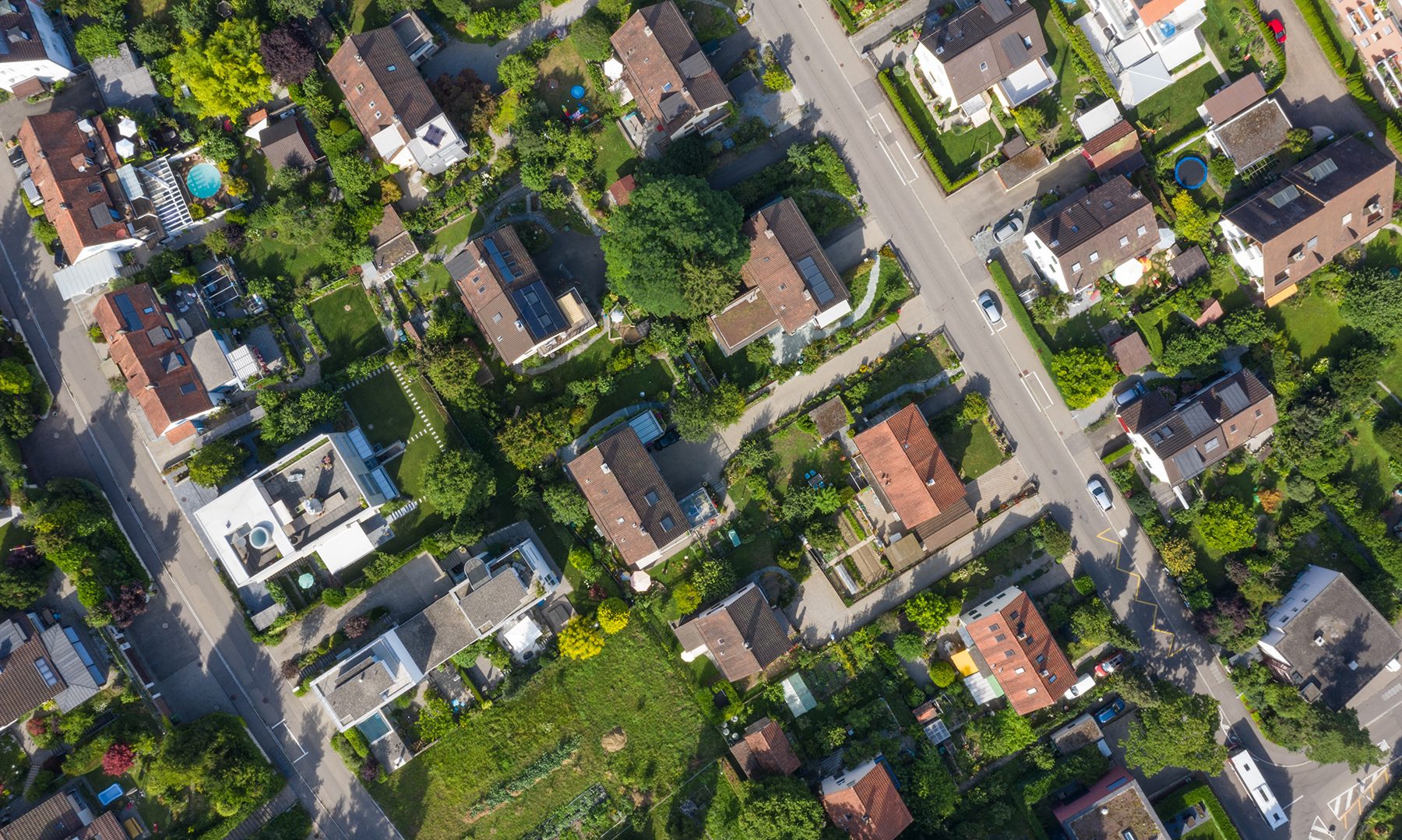What is Radon and Why Be Concerned?
Radon is a colorless, odorless, and tasteless carcinogenic gas. When uranium in the soil naturally decays, the radioactive gas called radon is emitted. Radon enters homes, offices, schools and other buildings through cracks in floors, walls, construction joints, or gaps around service pipes, electrical wires and sump pits. Houses and buildings that have crawl spaces, lower-level living rooms and basements are at risk for radon gas presence in the air. Radon is the second leading cause of lung cancer and compromises our ability to breathe. If you choose to smoke, and you have radon in your home, you double the risk of lasting health issues.
What Makes Radon Dangerous?
Radon is naturally occurring gas that lives in the soil. Radon becomes dangerous when it escapes from the soil, enters your home’s foundation and becomes trapped in the air. Because radon is invisible, the only way to know whether you have a high level is to test for it. Radon gas is measured in and expressed in picocuries per liter of air (pCi/L).
The EPA suggests that if the level of radon gas is 4.0pCi/L or higher, it falls within the danger zone. At this level, you should take precautions and install a radon mitigation system to bring the radon down to safe levels. SWAT Environmental specializes in the systems, which are constructed of piping, fans and instruments to measure the levels, used to ventilate and mitigate the house or building so the levels decrease.
Is Radon Common in Homes?
According to the EPA, nearly 1 in 5 homes tested had elevated radon levels higher than 4.0 pCi/L. What is tricky about radon gas is that it may be a problem in one home and not a problem in a next door neighbor’s house; there could be high levels of radon gas on one side of the street and not across the road. It just depends on the soil or water composition below your structure. Radon sneaks up on homeowners and causes life-long health problems. Homeowners should test their homes to reduce their risk of radon exposure.
Radon Gas is a Huge Health and Safety Concern
If a classroom has 4.0 pCi/L of radon, a student that spends 8 hours per day, 180 days a year in the room will receive close to 10 times as much radiation as the Nuclear Regulatory Commission allows at the border of a nuclear power plant. Anyone in the classroom will be breathing the radon gas-infused air everyday and the toxins emitted will stay in the lungs and build up over time. United States lifetime safety standards for carcinogens, according to the EPA, are based on a 1 in 100,000 risk of death. A majority of scientists agree that, for radon gas, the risk of levels at 4.0 pCi/L is approximately 1 in 100.
The EPA and the Surgeon General’s Office have approximated over 20,000 lung cancer deaths are caused by exposure to radon gas. Children are more susceptible to the lasting effects of radon since their bodies are still developing. The direct and indirect costs of lung cancer conceived by radon are steep for the United States. Based on National Cancer Institute statistics of 14,400 annual radon lung cancer deaths, the costs per year for the United States is roughly over $2 billion dollars and resources for awareness and treatment are limited. We urge every homeowner to conduct a level test so they can keep their family safe from this harmful gas.
Learn more about the health risks of radon.
Learn more about radon in schools.
Radon Resources
We want to make sure you are aware of information available related to radon. That’s why we’ve put together a list of reputable radon resources so you will be informed before reaching out to a radon mitigation specialist.
Radon News & Videos
Radon testing and mitigation are quickly becoming a hot topic around the nation for environmentalists, lobbyists and other advocate groups. If you are concerned about the dangerous health effects of radon gas exposure in your home and community, watch our radon videos for more important information.
Radon FAQs
We’ve put together a comprehensive list of Radon FAQs so you are aware of the impact of radon before you choose to contact a radon mitigation specialist.
Radon Testing
Testing your radon levels will give you peace of mind and potentially alert you to any harmful gas lingering in the air. Learn how to obtain a radon test and what to do if your test reveals high levels of radon gas in your home.
Radon Systems
There are several different radon mitigation systems and methods ranging from active soil depressurization to waterborne radon mitigation systems. Learn about all the different radon systems. Your SWAT Environmental trained technician will recommend the system that will remove the radon risk from your home or workplace.
1-800-NO-RADON

